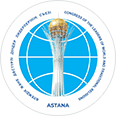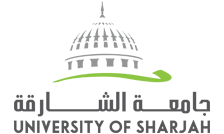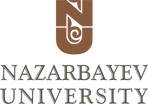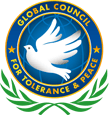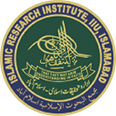Central Mosque of Shymkent "Akmeshit" (Mosque named after Sheikh Khalifa bin Zayed Al Nahyan)
Brief Description
The Central Mosque of Shymkent is the largest mosque in southern Kazakhstan, serving as a vital spiritual center for the region and a key architectural landmark of the city. Built with the support of the UAE President, it symbolizes the friendship between Kazakhstan and the United Arab Emirates.
Location
- City: Shymkent (Kazakhstan)
Historical Information
- Date or Period of Founding: Construction took place between 2008 and 2012. The grand opening was held in May 2013.
- Key Events Associated with the Site: The project's realization was made possible through an agreement between the President of Kazakhstan, Nursultan Nazarbayev, and the President of the UAE, Sheikh Khalifa bin Zayed Al Nahyan, highlighting its international significance. It is the primary location for Friday and holiday prayers in the city.
- Significant Figures: The mosque is named after the UAE President, Sheikh Khalifa bin Zayed Al Nahyan, who provided direct support for its construction.
Religious Significance
- Confession or Tradition: Islam. The mosque is the largest spiritual center in Shymkent and the entire region.
- Rites and Practices: As the central city mosque, it is used for the daily five-time prayers (Namaz), the major weekly Friday prayers (Jumu'ah), holiday prayers (Kurban Ait, Oraza Ait), the performance of religious marriage ceremonies (Nikah), and other religious rites and sermons.
Cultural and Tourist Significance
- Why Pilgrims and Tourists Visit: The mosque attracts tourists with its beauty, grandeur, and unique architecture, which blends Eastern traditions with modern elements. It is considered one of the visiting cards of modern Shymkent.
- Unique Architectural Features:
- It is a massive complex capable of accommodating up to 8,000 people.
- The building is finished in white (hence the popular name Akmeshit—"White Mosque"), covered with noble white marble.
- It is crowned with a large white dome and surrounded by four minarets, adhering to the traditional Islamic architectural style.
- The complex includes spacious prayer halls, an ablution hall, and the Imam's residence.
Current Status
- Protection and Status: It is an important religious and architectural object of the city.
- Visitor Access and Infrastructure: The mosque is open for visits and active use. It is equipped with modern infrastructure, including ramps and lifts for visitors with limited mobility, as well as a spacious parking lot, gazebos, and recreation areas in the surrounding territory. Restoration work is conducted as needed to maintain its status and appearance.

